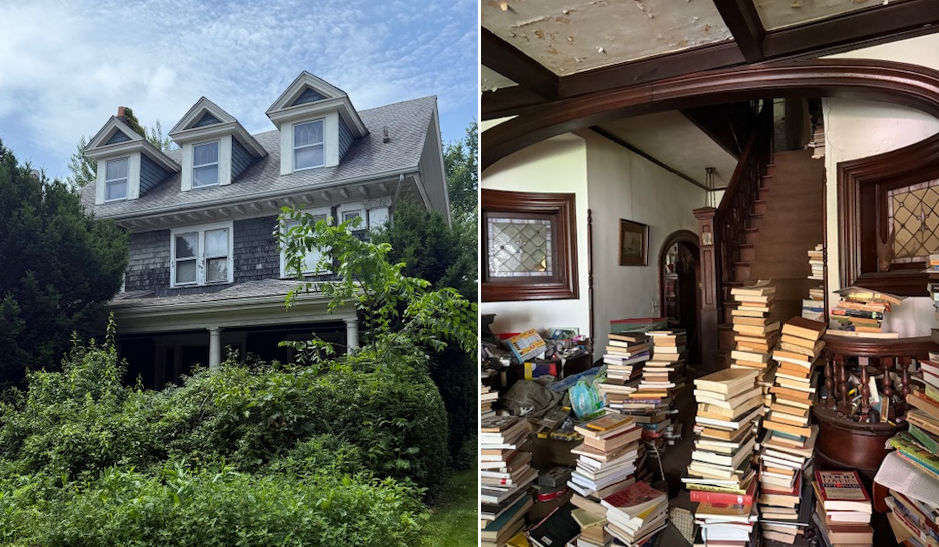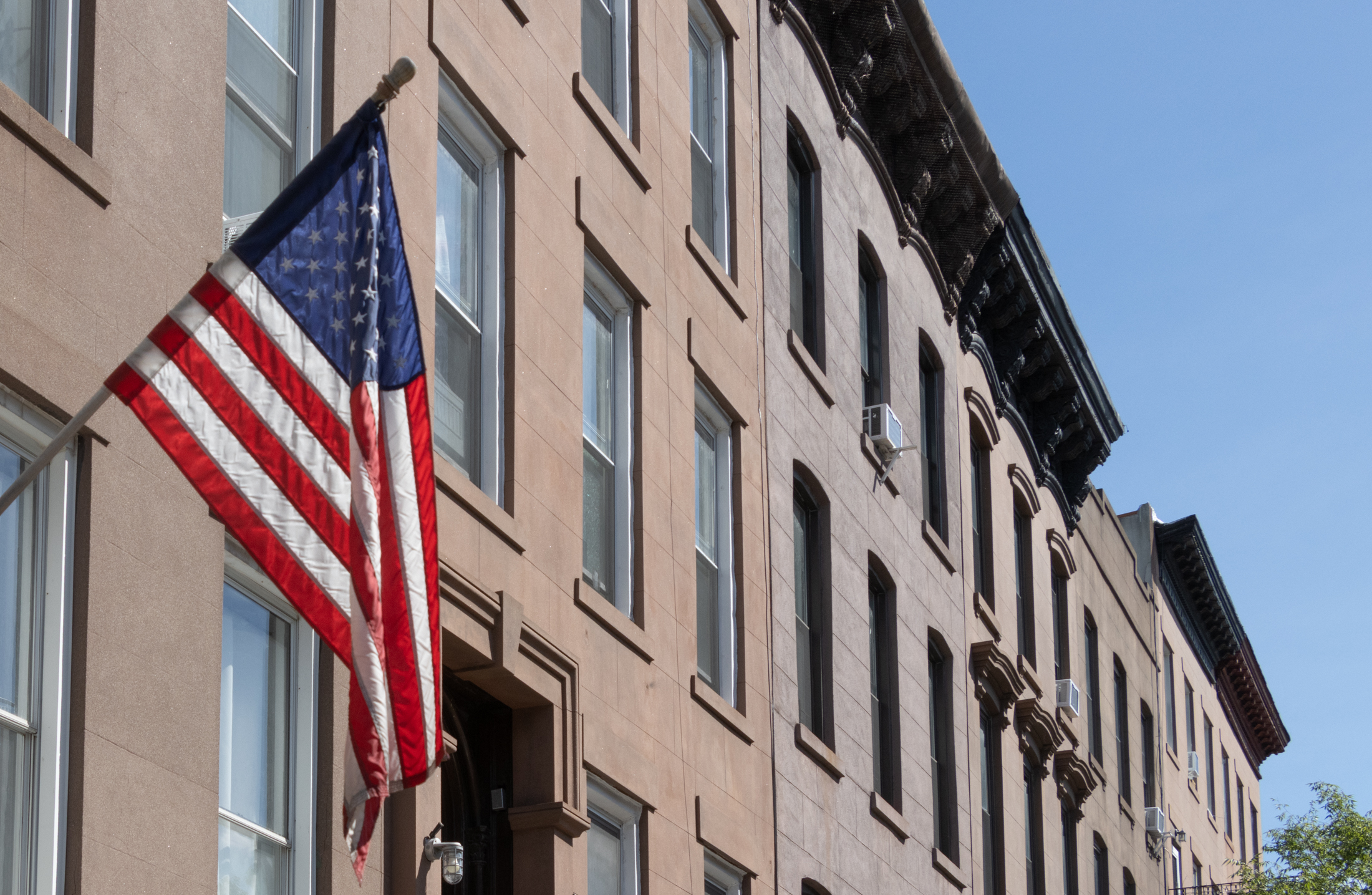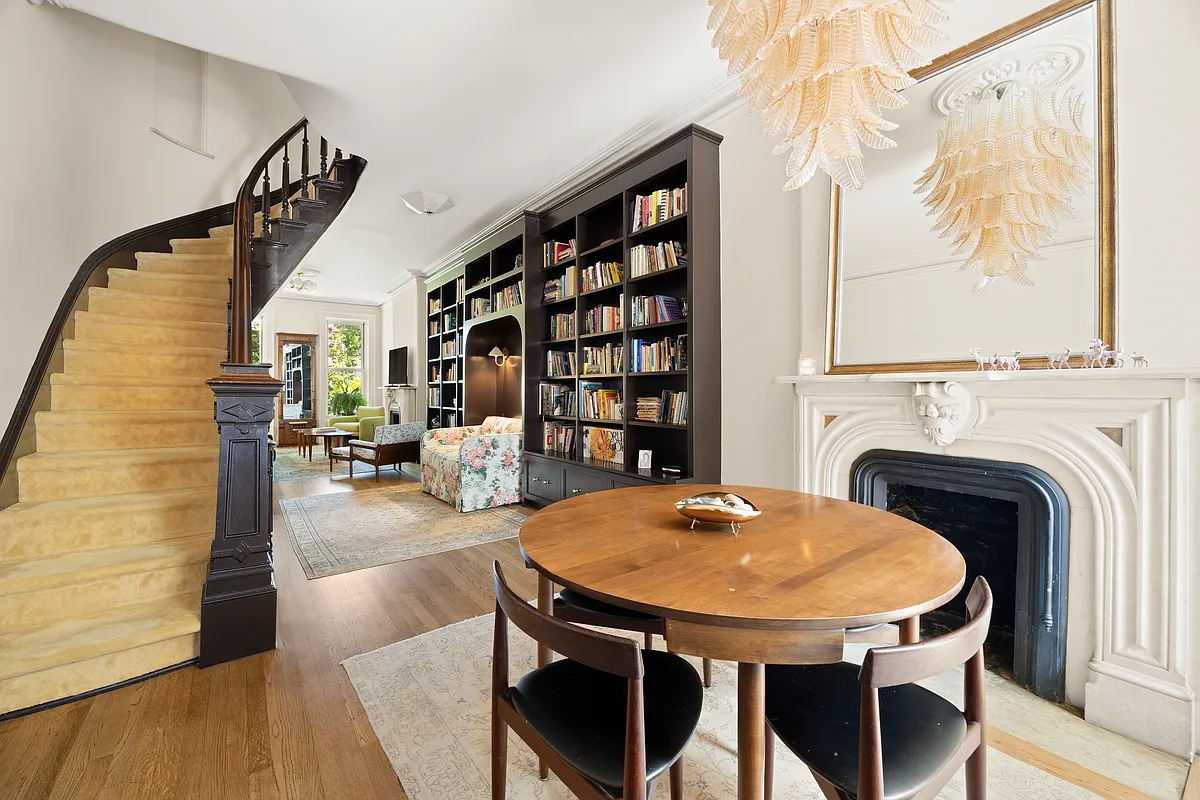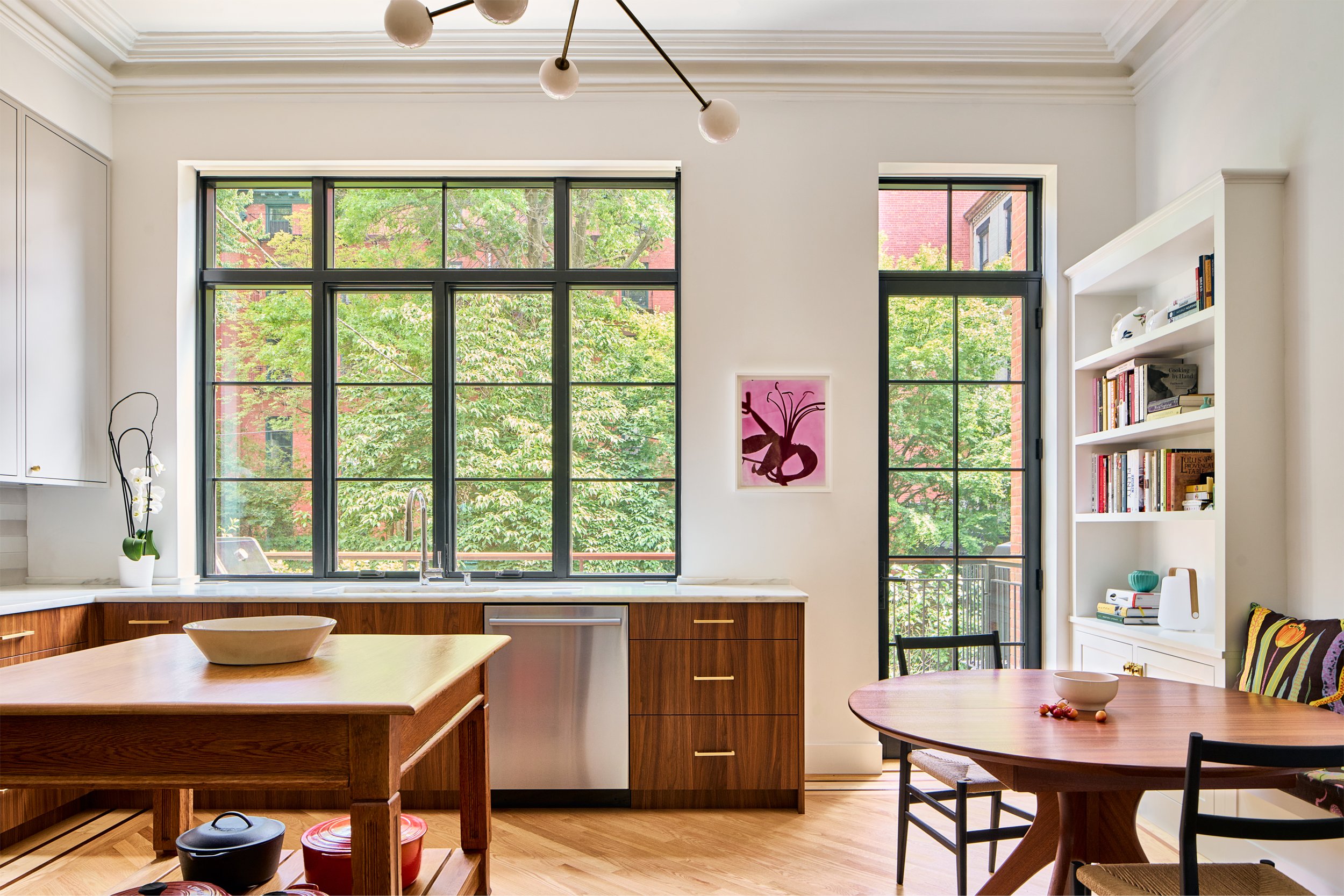As Condo Sales Languish, Builders Slam 421-a Reform
The Sun has a couple of articles this morning that, taken together, seem slightly contradictory. First off, Mike Stoler writes about how condo sales at many new Brooklyn developments have seen better days. (AKA condo glut.) Developers say that many for-sale condos in Downtown, Dumbo and the Burg are seeing price cuts of 15 to…

 The Sun has a couple of articles this morning that, taken together, seem slightly contradictory. First off, Mike Stoler writes about how condo sales at many new Brooklyn developments have seen better days. (AKA condo glut.) Developers say that many for-sale condos in Downtown, Dumbo and the Burg are seeing price cuts of 15 to 20 percent and that many Brooklyn builders are considering turning their projects rental. One unsourced industry leader has this to say: There has been massive overbuilding in the entire borough of Brooklyn. It is like the Wild West, and if you don’t control growth, then at some point it’s going to get out of hand.” The other story in the paper is about how developers are psyched that in December the City Council is going to review the changes to the 421-a program, which, effective in July, requires that projects in many sections of the city (including the Slope, Prospect Heights, and Bushwick) include 20 percent affordable housing in order to get 421-a tax abatements. In other words, while sales are at a standstill at many developments (a whole lot of which benefited from 421-a), developers want 421-a tax breaks reinstated in order to incentivize the construction of more market-rate housing. Yes, 421-a repeal would mean cost-savings for buyers in the future, but right now those buyers aren’t keen on plunking down money for all the condos we already have. So the question is, does is make sense to incentivize the creation of new housing at a time when the existing pipeline isn’t being absorbed? Or is there still plenty of need and demand for new housing, just not at these prices?
The Sun has a couple of articles this morning that, taken together, seem slightly contradictory. First off, Mike Stoler writes about how condo sales at many new Brooklyn developments have seen better days. (AKA condo glut.) Developers say that many for-sale condos in Downtown, Dumbo and the Burg are seeing price cuts of 15 to 20 percent and that many Brooklyn builders are considering turning their projects rental. One unsourced industry leader has this to say: There has been massive overbuilding in the entire borough of Brooklyn. It is like the Wild West, and if you don’t control growth, then at some point it’s going to get out of hand.” The other story in the paper is about how developers are psyched that in December the City Council is going to review the changes to the 421-a program, which, effective in July, requires that projects in many sections of the city (including the Slope, Prospect Heights, and Bushwick) include 20 percent affordable housing in order to get 421-a tax abatements. In other words, while sales are at a standstill at many developments (a whole lot of which benefited from 421-a), developers want 421-a tax breaks reinstated in order to incentivize the construction of more market-rate housing. Yes, 421-a repeal would mean cost-savings for buyers in the future, but right now those buyers aren’t keen on plunking down money for all the condos we already have. So the question is, does is make sense to incentivize the creation of new housing at a time when the existing pipeline isn’t being absorbed? Or is there still plenty of need and demand for new housing, just not at these prices?
The Divide Between Manhattan, Other Boroughs [NY Sun]
Tax Abatement Debate To Be Revived [NY Sun]





The tWhat is a bitter renter.
Back to say that most row houses sold or rented to blacks in the early 20th C. almost immediately became rooming houses. Tales of the greats of the Harlem Renaissance in the 1920’s all talk of people such as Langston Hughes, countee cullen, P.L. Dunbar, etc, renting rooms in various places. There are also a lot of apartment buildings in Harlem, from tenements to swanky digs in places like Graham Court. The former have always been for the poor, and the latter for Harlem’s elite. Harlem is a fascinating place.
3:37, that’s only partially true. The 5 Points Slums were one of the worst parts of New York, and the poorest of the poor of every race lived in misery there. This was minutes north and east of City Hall. Black people also lived near the vast slaughter houses and livestock pens which were near 34th and 6th Ave. Since many black people were servants in upscale homes, they may have lived in these homes, and there was a large black population in the Village in the 1880’s called “Coontown”, centered around Bleeker, McDougal and Sullivan Streets. Other areas of the city had pockets of black inhabitants, especially skilled tradespeople such as iron mongers, carpenters, seamstresses, as well as teachers, doctors, ministers, etc. Even then, we weren’t all poor. And of course, Brooklyn had a very large black population which lived throughout many of the towns which made up Brooklyn.
The making of Black Harlem took place relatively quickly, but is due, in great part to other populations of black folks moving to New York. At the turn of the century, thousands of people migrated north from the South to work in factories in all Northern cities, and this more than doubled the black population in New York. Real estate people used this population to block bust huge parts of Harlem, and move these people in, along with native New Yorkers. Even so, Harlem still had a significant white population up until the 1960’s.
One huge difference between African American communities in Harlem and in Brooklyn – and this is important to understand both communities and their futures – much of Harlem, both commercially and residentially, was never black owned, even to this day. Landlords rented to blacks, whether reluctantly or not, but never gave up the buildings. Black people may have put Harlem on the map, good and bad, but we never really owned the majority of it. This is not true in Brooklyn, where black owners have been a mainstay in Ft.Greene, Clinton Hill, Bed Stuy, Crown Hts and PLG. That is not to say black people did not own in Harlem, of course they have and still do, but it has long been a rental community, except for some exclusive parts such as the Convent Ave area.
Just some historical perspective here. Both the What and Polemicist have valid points.
4:52 – Economics 101 – supply and demand are correlated.
Therefore price drops and lower rents = higher demand and then without increased supply prices rise.
“So the question is, does is make sense to incentivize the creation of new housing at a time when the existing pipeline isn’t being absorbed? Or is there still plenty of need and demand for new housing, just not at these prices?”
It only makes sense for those businesses that benefit from construction. Like the gold pan salespeople during the “head-for-the-exit” phase of the Gold Rush.
There is absolutely no need and VIRTUALLY no demand for NEW housing. There is only need and demand for affordibility. And that can be solved within the existing housing stock but only with significant drops in sale prices and modest drops in rental rates.
“The jobs blacks worked in disappeared in the 1960s. The Civil Rights era, at least for blacks, was not precipitated by a bunch of hippie liberals in elite colleges. There were very real economic reasons. Discrimination was tolerated as long as you could get a job, no matter how terrible. Suddenly however, the crap jobs that went to blacks disappeared and overt racism closed the doors to even basic survival let alone prosperity.”
This is an extreme oversimplification. Not necessarily incorrect in some aspects, but also this does not reflect the entire picture. I’m not criticizing this piost, just making a point for the less-informed. Wikipedia is not a credible scholarly source. It’s simply a starting point. If you want to really study socioeconmic conditions of blacks, start with W.E.B. DuBois and other social writers of the era, as well as more recent writing of Dr. Henry Louis Gates, etc.
2:08 is right on the money folks.
African Americans were forced to moved to Harlem from the West Village after the Civil War draft riots.
2:49
“I think that poster’s point was that being Black should not be equated with being poor, even inferred.”
When discussing history, politically correct notions like this are a farce. What would you have preferred I said? That Harlem was flooded with RICH black people? To say that ignores why the neighborhood declined. The jobs blacks worked in disappeared in the 1960s. The Civil Rights era, at least for blacks, was not precipitated by a bunch of hippie liberals in elite colleges. There were very real economic reasons. Discrimination was tolerated as long as you could get a job, no matter how terrible. Suddenly however, the crap jobs that went to blacks disappeared and overt racism closed the doors to even basic survival let alone prosperity.
The historical context is the issue here. As another person stated, race is only a secondary factor. At the time, blacks were THE poorest group in the city. The issue is the poorest people in the city who were arguably the most oppressed ended up with what was at the time great housing. Which is ultimately what you discussed.